Bac Ninh diversifies markets to boost competitiveness of textile and garment industry
BAC NINH - Despite multiple headwinds since the start of the year, Bac Ninh’s textile and garment industry has maintained growth momentum. A new U.S. decision to impose 20% countervailing tariff on Vietnamese goods from August 7, 2025 poses both challenge and opportunity for the sector to strengthen competitiveness and chart a sustainable growth path.
Making the most of a “golden window”
According to Bac Ninh’s statistics office, export turnover of the province’s textile, garment and footwear industries reached more than 1.3 billion USD in the first seven months, up 38.87% year-on-year.
 |
|
Production line at Daum&QQ Vietnam Co., Ltd. in Hiep Hoa commune. |
The surge was driven largely by recovering consumer demand in key markets such as the United States, Europe and Japan after a difficult period, triggering a sharp rise in export orders for Vietnamese firms, including those in Bac Ninh.
Local textile and garment enterprises have actively sought and expanded into new markets, invested in research and development and launched higher value-added products.
Many have upgraded to modern technology and automated production processes to cut costs, boost productivity and improve product quality. Corporate governance has also improved, enabling firms to seize market opportunities quickly.
A temporary 10% U.S. countervailing tariff on Vietnamese goods for 90 days starting April 9, 2025, was viewed as a “golden window” for exporters to accelerate shipments and meet their annual targets early.
“When the United States applied the 10% tariff for 90 days, customers rushed to request deliveries within a short timeframe,” said Nguyen Duc Thang, CEO of Dap Cau Garment Corporation in Vu Ninh ward.
“We proactively renegotiated with customers for sustainable cooperation, optimised production capacity to increase output and value,” he said.
The company, comprising three subsidiaries and one garment factory with nearly 100 production lines, provides stable jobs for 3,500 workers. Its revenue in the first seven months reached an estimated 400 billion VND (17.6 million USD), up 14% from a year earlier. Orders are booked through the end of the third quarter, with negotiations underway for the fourth.
Similarly, other garment enterprises in the province treated the 90-day window as a “blitz period” to fulfil major orders by early July, reorganising production, adjusting overtime shifts and launching company-wide campaigns to meet delivery milestones.
Proactive responses to new challenges
The United States recently announced countervailing tariffs on goods from multiple trading partners, ranging from 10% to 41%, with Vietnam facing a 20% rate. This is significantly lower than the initially expected 46%, a positive signal and a manageable level in the current environment.
Industry players have rolled out measures to adapt to the new tariff regime, including diversifying customers and product lines, adopting advanced technologies, enhancing workforce quality and investing in green and circular production. Compliance with stringent rules of origin — a prerequisite for entering the U.S. market — has been prioritised.
Enterprises are also renegotiating contracts to adjust prices or share additional tariff-related costs with partners. In the longer term, they aim to capitalise on next-generation free trade agreements such as the EU–Vietnam Free Trade Agreement (EVFTA) and the Comprehensive and Progressive Agreement for Trans-Pacific Partnership (CPTPP) to expand exports to Europe, Japan and South Korea, reducing reliance on any single market.
Pham Thi Tra Giang, production director at DHA Co., Ltd. in Luong Tai commune, which specialises in garment exports, said the company will focus on strengthening internal capacity by training staff and applying modern technology to reduce costs and improve competitiveness.
“We will actively develop new markets such as South Korea, Japan and Canada to gradually reduce dependence on one market,” she said.
Thuan Thanh International Fashion JSC in Song Lieu ward has invested in specialised machinery and applied AI and robotics in design, sample development and production. It also plans to tap into the domestic market and boost exports to Europe and CPTPP member countries.
Turning pressure into opportunity
Nguyen Van Phuong, Deputy Director of Bac Ninh’s Department of Industry and Trade, said the U.S. has long been a major market for Vietnamese garment exporters.
The 20% tariff poses a challenge for Vietnam’s textile and garment industry but also creates pressure to diversify export markets and reduce dependence on one or a few large destinations.
“This is an opportunity for companies to reassess their capital and technology capabilities, improve productivity, product quality and management efficiency,” Phuong said.
Despite global trade volatility in July and the first seven months of the year, Bac Ninh’s textile and garment sector has continued to post strong export growth.
With proactive measures by enterprises, export turnover is expected to remain positive for the rest of the year, contributing to local economic growth.
 Bắc Ninh
Bắc Ninh
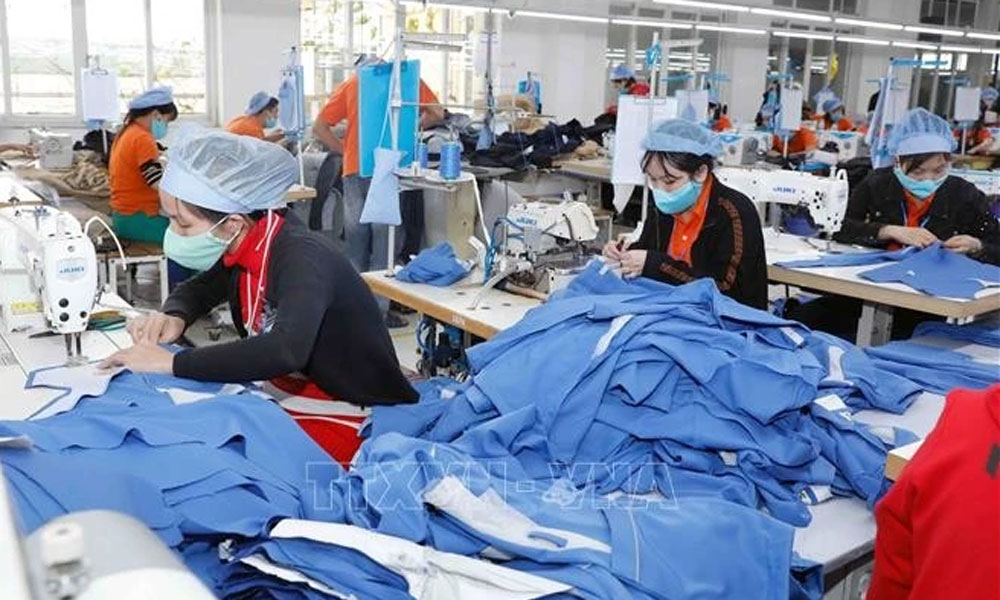
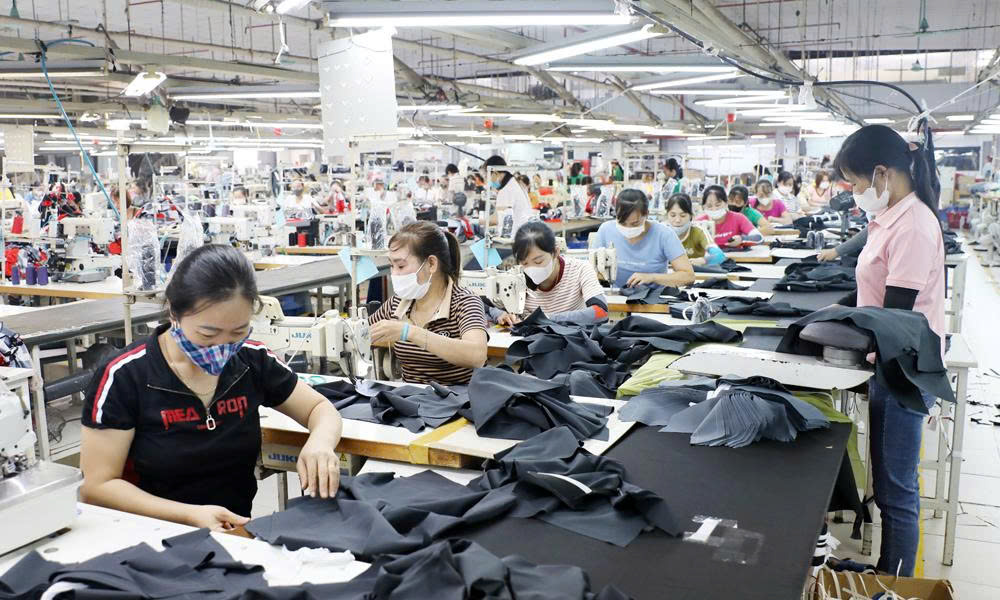
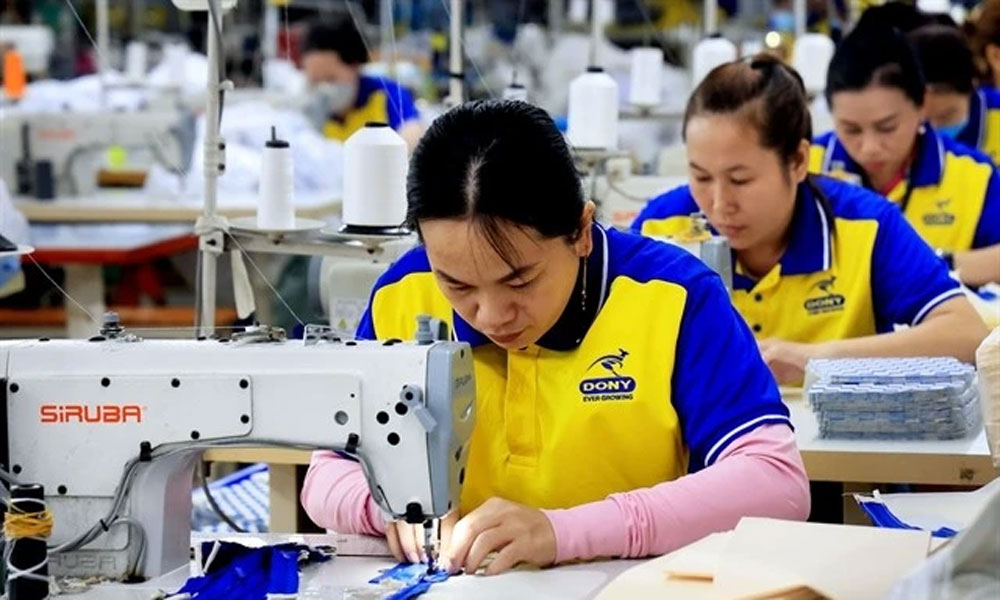
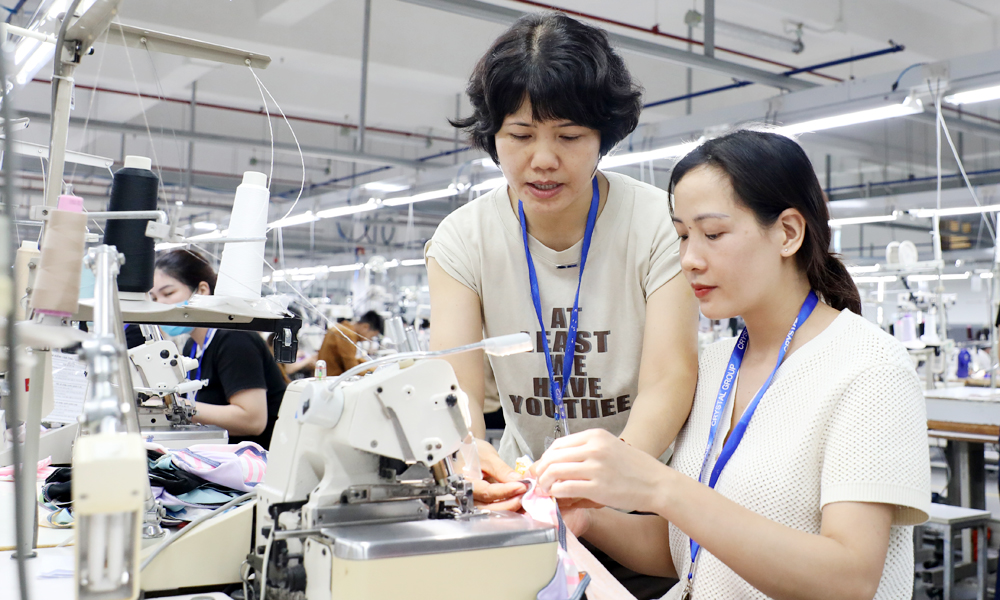
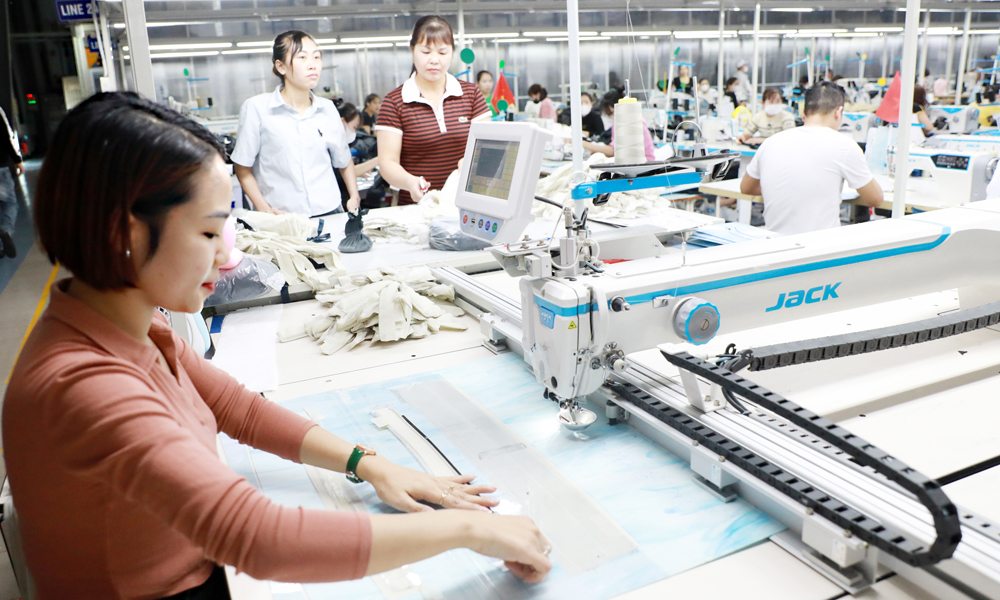
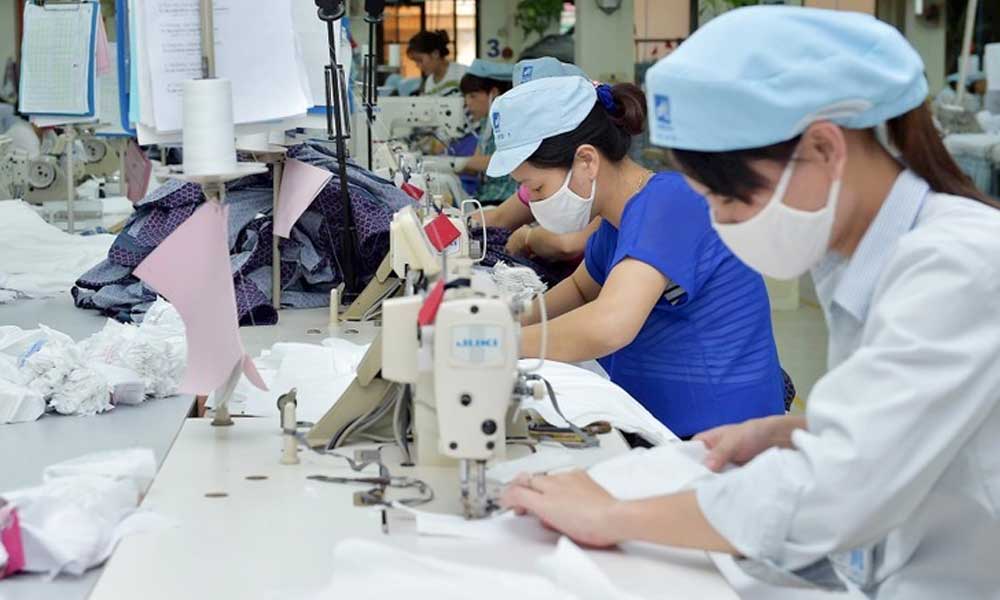
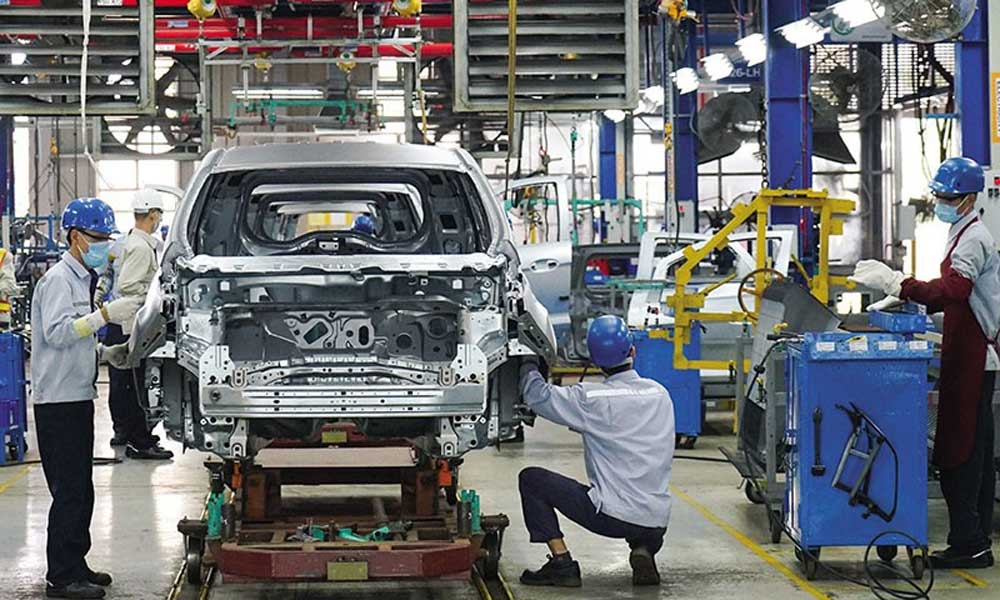








Reader's comments (0)